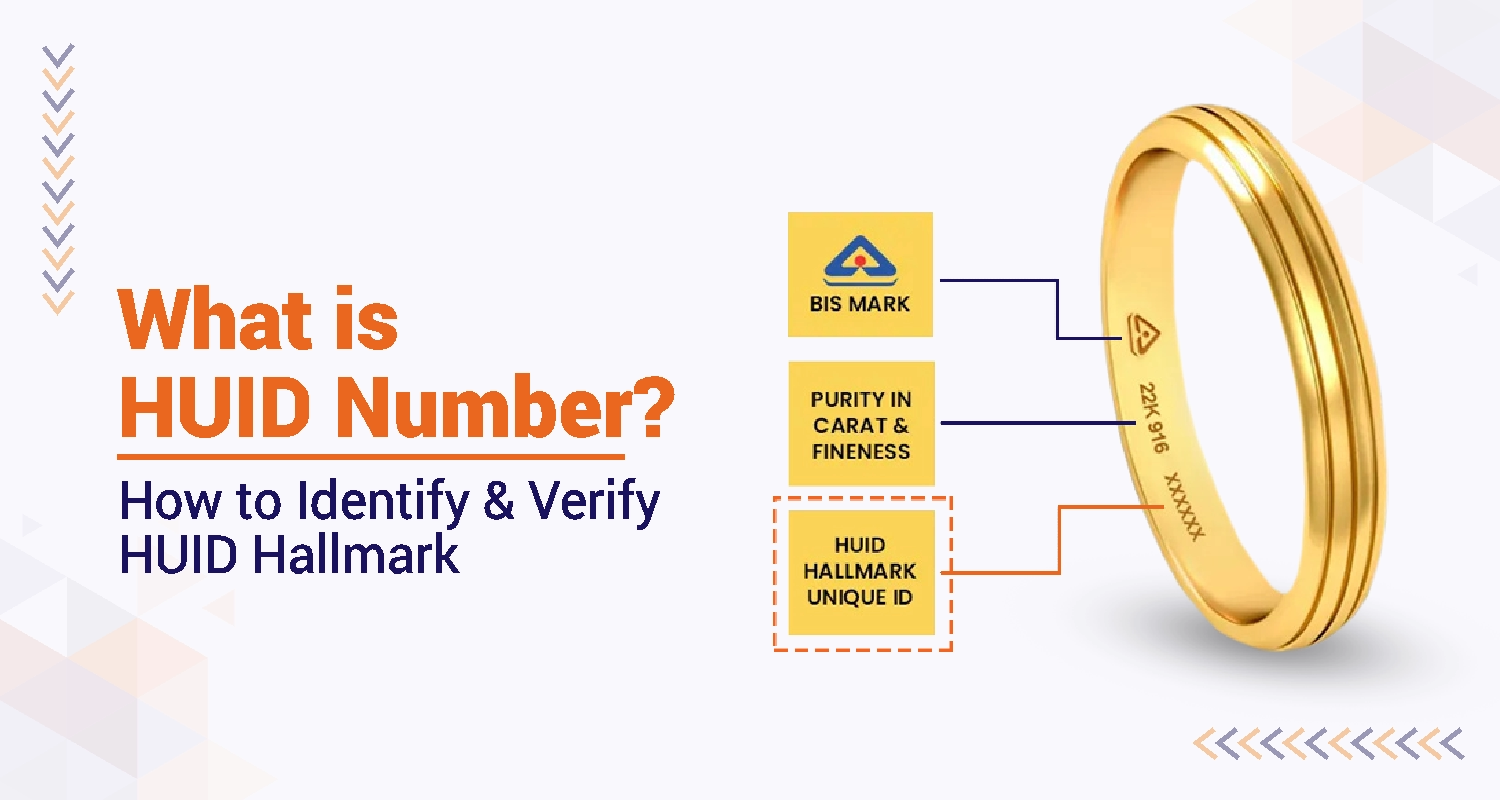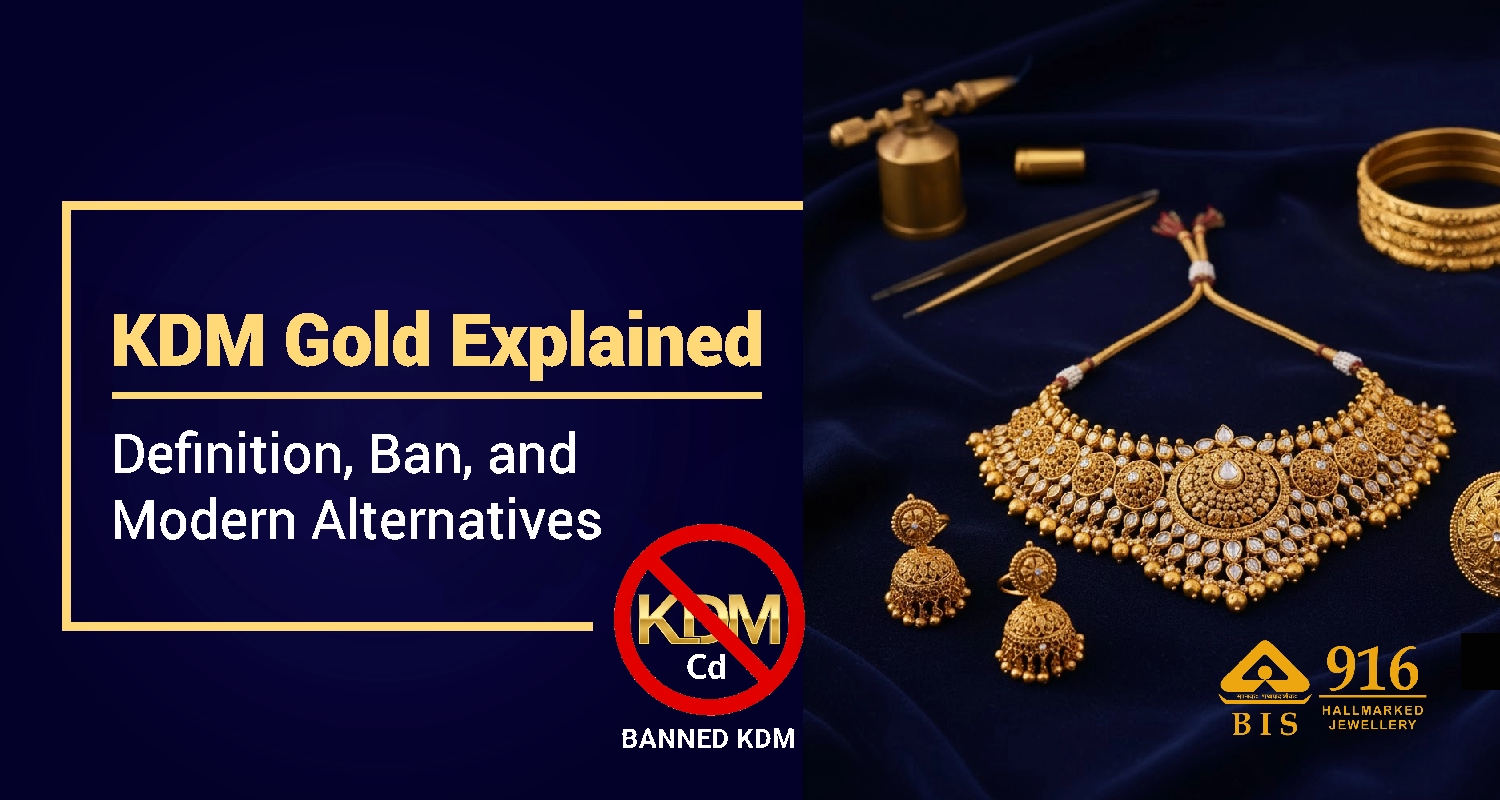What Are The New Norms For Gold Loan?

When one is short on cash, a gold loan can offer the quickest way out of a sticky situation. A gold loan is essentially a loan against one’s personal gold jewellery and taken out for a short period of time, from a few days to a few months.
The borrower keeps the gold as collateral with the bank or the non-banking finance company in lieu of the loan. The lender keeps the gold safe in a secure vault, and returns it to the borrower when the loan has been fully repaid.A gold loan is easy to apply and the entire process can be done online from anywhere. Moreover, the gold can be valued by the lender’s representative at the borrower’s home, and the money can be disbursed quickly in the bank account provided.
Moreover, a borrower’s credit score or any history of defaulting on loans does not impact his or her chances of getting a loan, as the lender keeps the gold as collateral, which can be invoked in case of a default.Loan-To-Value Ratio
The lender typically gives out a fraction of the assessed market value of the pledged gold as loan. This is the loan-to-value (LTV) ratio. Gold loans have variable interest rates based on various factors. The LTV ratio is one such factor.
The LTV ratio determines the amount of loan a borrower will receive for the gold pledged. This ratio is used by banks and non-banking financial institutions to determine the amount they will extend to a borrower against the pledged gold.RBI Norms On LTV Ratios On Gold Loans
The Reserve Bank of India (RBI) determines the maximum LTV ratios gold loan lenders are allowed.
This meant that borrowers could get more money for the same amount and quality of the gold pledged. This was, therefore, a boon both for the lenders and borrowers alike. However, the ratio has now reverted to 75% as the Indian economy and businesses recover from the pandemic.
Importance Of LTV Ratio
For borrowers, the LTV ratio represents credit risk. A higher LTV ratio means a borrower can borrow more for the same amount of gold. A lender will determine the amount it will lend on the basis of the LTV ratio. A higher amount of loan will need a lower down payment that the borrower may be planning to make for buying another asset or to invest in their business. But for a higher LTV ratio, the interest rate will be higher.
For lenders, the LTV ratio is important as it helps them determine the loan terms and amount. A higher LTV ratio means a higher rate of interest but also exposes the lender to a greater risk, if the borrower does not repay the loan in time and defaults on it. A higher ratio also means higher risk in the case of the market price of gold drops.Conclusion
While the RBI relaxed the LTV ratio upto 75% of the pledge gold, it is up to the lenders and borrowers to finalise the best terms on which a gold loan is offered and availed.
It is, therefore, best to approach a reliable and well-known lender like IIFL Finance to get the best interest rates as well as the highest LTV ratios. Moreover, IIFL Finance will ensure that your gold is kept safely, in secure vaults and is returned to you safely once the loan has been fully repaid at the end of its tenor.
Disclaimer : The information in this blog is for general purposes only and may change without notice. It does not constitute legal, tax, or financial advice. Readers should seek professional guidance and make decisions at their own discretion. IIFL Finance is not liable for any reliance on this content. Read more



